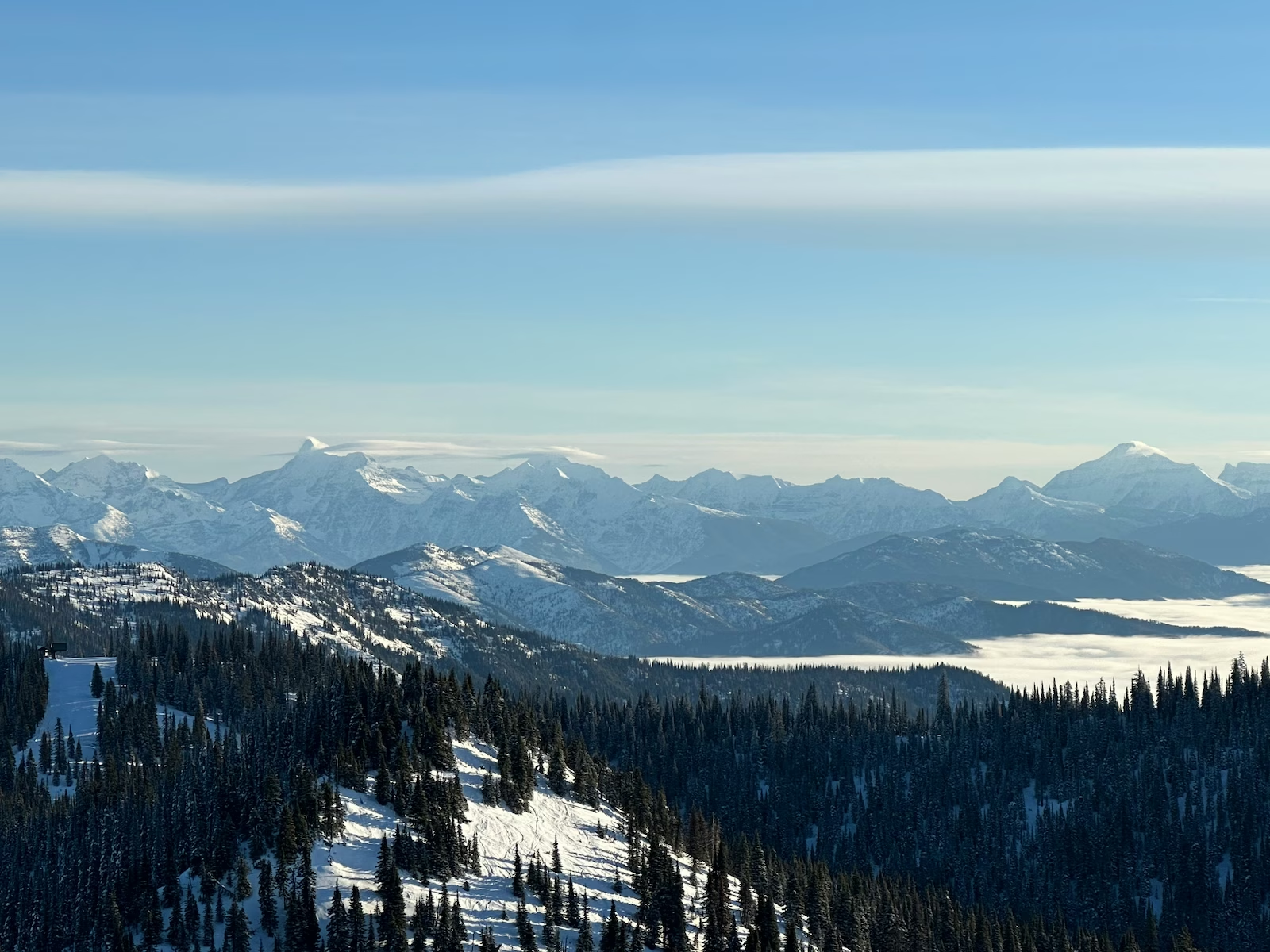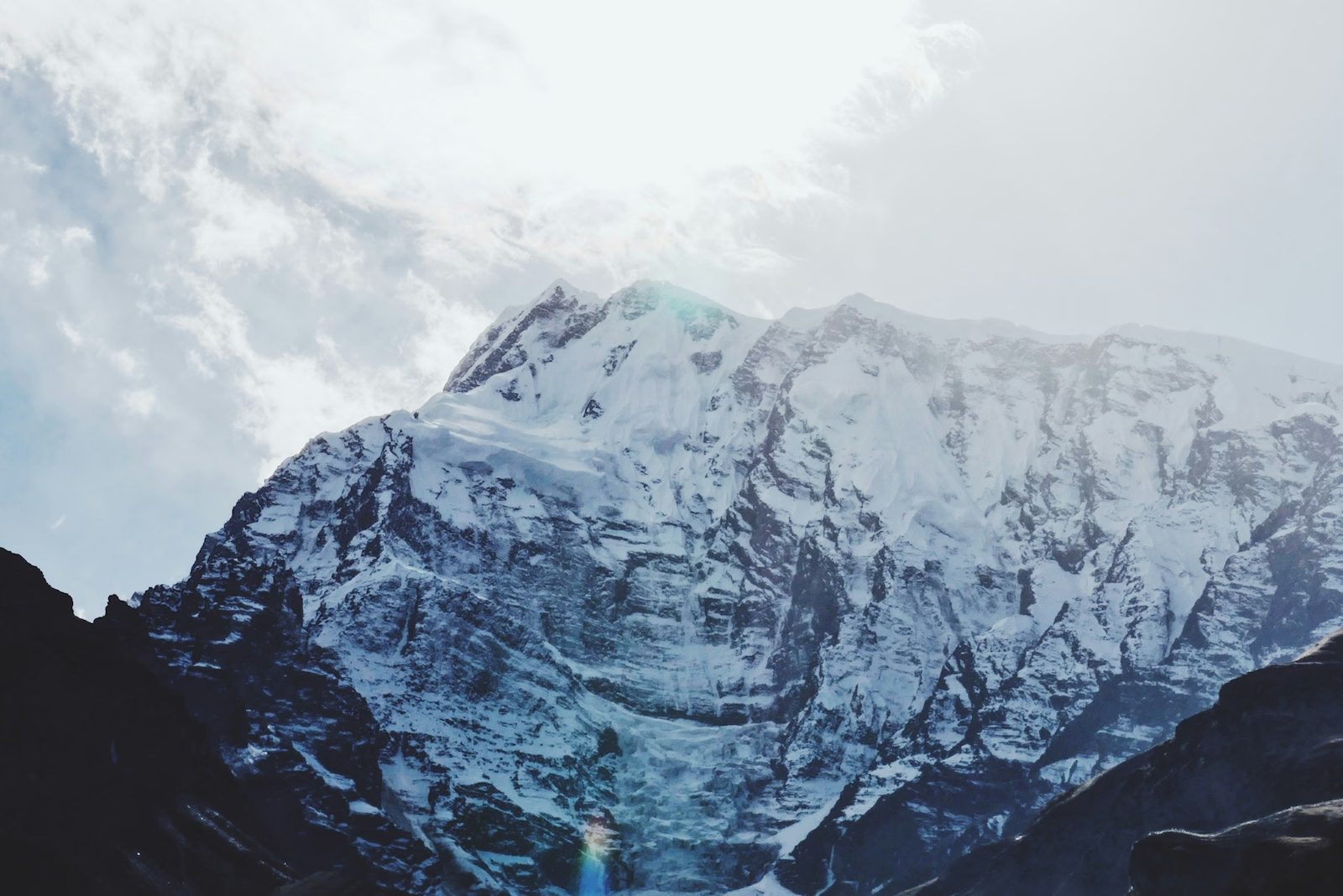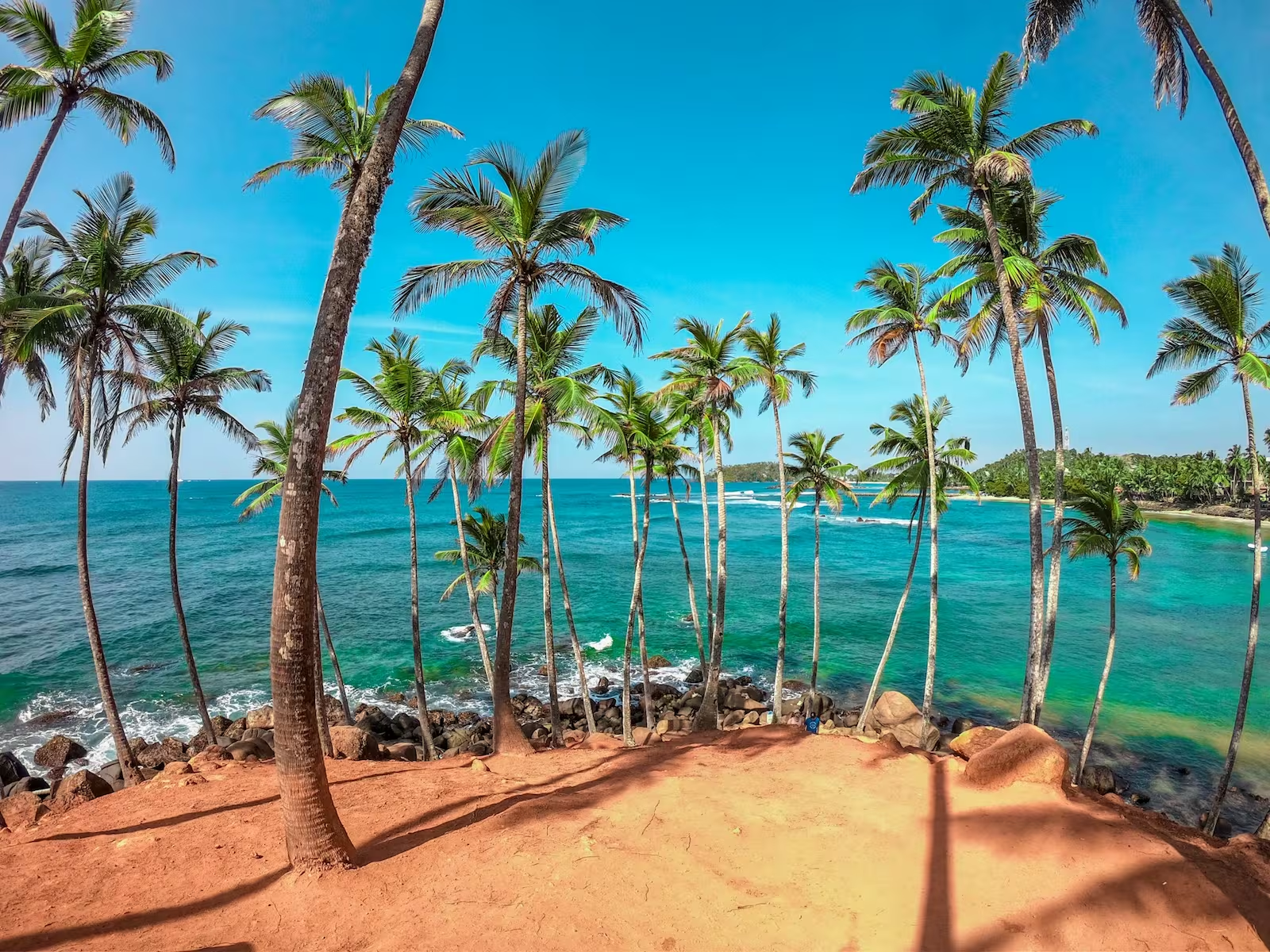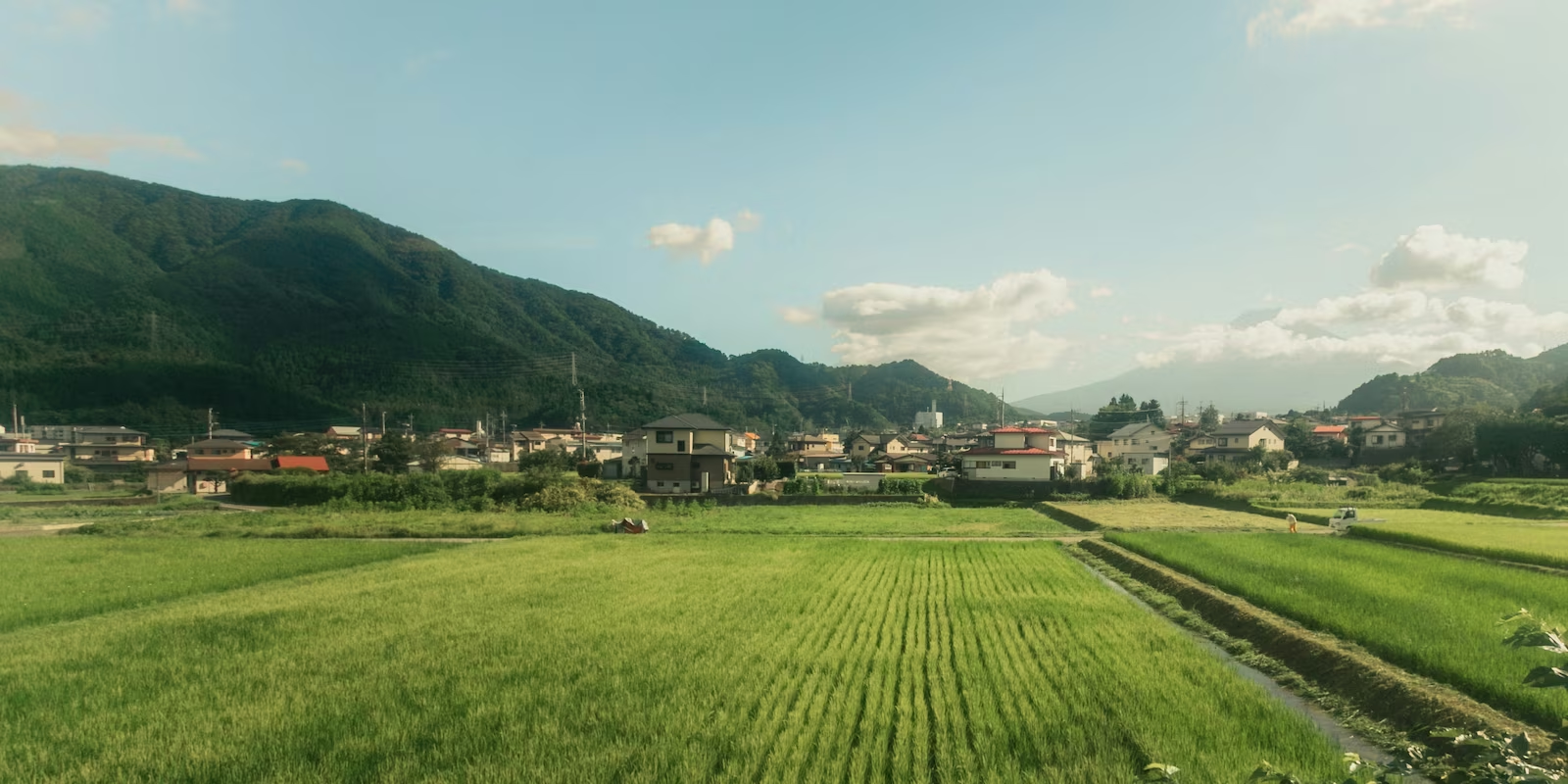With crossroads to 3 continents, Jordan is an archaeological paradise. Ancient Roman ruins intertwines with Nabataean temples and tombs all against a backdrop of sandstone swirls. Connected to the Red Sea, the Dead Sea, and 1 of the world’s 7 wonders, it is no surprise that travellers cannot get enough of this place. And with its capital city having a western feel to it, Jordan is the ideal introduction to the Middle East.

Petra: a city of rock & rose
Where else to start than the epic city carved into cliffs? As 1 of the world’s 7 new wonders, Petra is the blushing rose of the Middle East — garnering almost 1 million visitors last year alone. This sandstone city made its break to fame with the cinematic release of Indiana Jones and The Last Crusade in 1989. Ever since George Lucas unveiled its beauty to the western world, Petra has had travellers in a love spell that shows no signs of breaking.
As a civilisation and story lost to time, Petra provides more questions than answers. For over 500 years, Petra was the Nabataean Empire’s capital and crown jewel. But when natural disaster struck in A.D. 363, the city was eventually abandoned by everyone except the nomadic Bedouins.
Nowadays, Petra is anything but isolated. The Treasury especially. Half-built into rock, this towering site exemplifies the indirect influence of Hellenistic architecture, as well as the traditions of the East. Indirect, because whilst the Greeks attempted to usurp Petra for themselves, they were no match against the Nabataean people’s strength.
Whilst Indiana Jones was allowed to go inside the Treasury, this has since been closed off to the public in order to preserve the chambers: empty as they may be. But there is far more to Petra than the Treasury’s glamorous façade. The second most popular attraction has to be the Monastery, although the hike to reach it can be quite strenuous.
Petra has a few unexpected gems as well, from the sweeping Nabataean theatre which could hold 3000 guests at its time of construction. Just downhill are the Royal Tombs, Petra’s most spectacular burial site. As is the case with all of Petra, its raw beauty is only enhanced by the sun’s golden hours.
1-day entrance to Petra costs 50 Jordanian dinar (€65), but many travellers choose to spend a little extra on a Jordan Pass. There are 3 packages to choose from, but they each allow access to over 40 attractions in Jordan. You can find out more about obtaining a Jordan pass here.

Jerash: the Roman ruins of Jordan
Jerash may be more of an afterthought for travellers coming to Jordan, but once you visit, you will be amazed at how one of the world’s most well-preserved ancient Roman sites could be so underrated. With excavations being carried out here for 100 years, archaeologists have made fascinating discoveries to suggest that Jerash has been inhabited since the Bronze Age.
Stepping through that glorious Arch of Hadrian takes you to a different time altogether. The north theatre, it seems, has hardly aged a day thanks to restoration efforts. Whilst the imposing circle of seats seems ideal for a play, this site was used most frequently for political meetings. And if you look a little closer, you will see that many seats are engraved with the names of councillors.
In its hey-day, Jerash was a thriving trade centre under the Roman Empire. Its population during this time is estimated to be as high as 20,000. Whilst Jerash was eventually abandoned due to invasion and natural disaster, sites like the Colonnaded Street and Oval Plaza reveal just how lively this city was once upon a time. The Temple of Artemis in particular is worth visiting, as it will reveal the patronal connection the people of Jerash had to the goddess of hunting and childbirth.
Covering a total of 200 acres, Jerash makes for the perfect day trip away from Jordan’s cosmopolitan capital: Amman. Opening hours change depending on the season; but in summer, we recommend either visiting first thing in the morning to escape the heat, or just before the sunset for an added etherealness.

Wadi Rum: an otherworldly stay
Often nicknamed ‘Mars on Earth’, the wild Wadi Rum is known for its extreme disposition. The Wadi Rum is no stranger to frigid winters and sweltering summers, but its ever-changing nature only adds to its essence. Amidst all the folie you will find a little luxury, as even the heart of Jordan’s desert has not escaped the 21st century trend of glamping.
Fortunately so, as staying in one of these bubble hotels is a real once-in-a-lifetime experience. Whilst the Wadi Rum UFO Luxotel is the clear top choice, the Sun City Camp is a slightly more affordable alternative. And if you do not mind staying in more standard accommodation, then you could save over €200.
There are plenty of sights to uncover during your stay, but due to the desert’s temperament, we highly recommend going with a trusted tour guide. Hiking enthusiasts will be desperate to follow the Wadi Rum Trail, 120km in total and spread across five mountains — including the highest summit in Jordan. Taking a 4x4 tour across all the dunes is equally astonishing; if not for the natural beauty, then for its recognisability in the Star Wars franchise.

Aqaba & The Red Sea
The peaks and valleys of the Wadi Rum Desert are an idyllic backdrop for Aqaba and its crystal-clear coast. As Jordan’s sole city by the sea, Aqaba is an ideal choice for a breezy getaway. Rather than mirroring the sandstone’s palette of sunset hues, the Red Sea’s sapphire waters create a refreshing contrast.
Perhaps unsurprisingly, Aqaba is a hotspot for cruises around the Middle East — especially as the connecting point to three other countries. Scuba diving and snorkelling are also popular activities here as the water is warm all-year-round. Whilst you will not find ancient temples or tombs underwater, there are quite a few dive wreck sites belonging to more modern times.
Although Aqaba has historic attractions like the 12th century Mamluk Temple, this city’s shining qualities are its beaches and seaside resorts. So if after all that trekking around Petra has you in need of some TLC, consider a day at the Saraya Beach Club, or if you can afford it: a spa treatment at the 5-star Al Manara hotel.

The Dana biosphere reserve: Jordan’s hidden gem
You come to Jordan for Petra, but you stay for the Dana biosphere reserve. Jordan’s best kept secret, this reserve is home to incredible canyons and valleys — all of which make it an ideal destination for hiking and walking trails. This sleepy destination is not only Jordan’s largest nature reserve, but is the only area in the country that connects to 4 bio-geographical zones.
With much of the villages having been hardly touched since they were first built, this reserve has a rustic and lowkey feel to it. Yet the sunrise views on top of cliffs, or even from a homestay balcony, are anything but. The reserve’s unkempt beauty has an unique charm, meaning that disconnection from the outside world is a fairly easy feat. Whether you plan on exploring the hiking trails or just want some time to unwind in nature, the Dana biosphere reserve is perfect for those who would pick camping over a luxury resort.
Accommodation suggestion: the Dana Guesthouse is the perfect compromise for traveller preferences. Sophisticated but simple, the selling point are the unmatched views of dawn and dusk right from the comfort of your balcony. Prices start at €90 a night.

The Dead Sea
Recover from the highs of visiting Petra with a trip to the lowest point on Earth: Jordan’s share of the Dead Sea. Quieter than Israel’s side but well-stocked with restaurants and resorts, this sleepy destination is more tranquil than the name may suggest.
This part of Jordan’s main attraction is, of course, the water. Water which has 10 times more salt than any other ocean, making it inhabitable to sea creatures. Whilst humans can go into the Dead Sea, it is impossible to swim — only float.
Floating in the Dead Sea is a novelty experience, but since it is such an unique attraction, it comes with a couple of precautions.
You are highly encouraged to wear a life jacket or bring a floatation device to protect you against strong currents. Since the water is so salty, putting your head underwater will cause a sting. Aside from not wanting to rub salt into any wounds, shaving your legs will leave you extra sensitive to the water. And whilst it is tempting to float for as long as you can, you should not stay in the water for longer than 10 minutes at a time.
These safety procedures may seem a little excessive, but unique attractions like this are worth the effort. So get your cameras and props ready for an unforgettable photo.

Getting there & around
The easiest way to get around Jordan would be to book through a tour operator. As a coveted destination, you have dozens to pick from depending on your budget and availability. G-Adventures is one of the more affordable tours available, aimed at ages 18 to 35; whereas Audley Travel offers magnificent, tailor-made tours for those with a big budget.
But if you would prefer to travel on your own accord, then renting a car is the next best thing. Traffic in Jordan can be a little hectic, and so this travel style is recommended more for confident drivers. You can rent a car in Amman and Aqaba quite easily from international websites like Booking.com, Kayak and Hertz, in addition to reputable local brands like Monte Carlo Cars.
Public mini-buses in Jordan are also considered to be reliable, even if they do not follow specific timetables. Since there is no official information online, you will have to ask the locals. Whilst catching a mini-bus in the first place is a bit of a challenge, the fares are low — only costing between 1 and 2 Jordanian Dinars (€1 to €2.5). There are also a few larger buses and coaches which tend to have air-conditioning.
Riding a donkey may sound like a fun idea, but we strongly advise travellers against this. If trekking throughout Petra can be tiring enough as a human, you can imagine the toll it takes on the animals who are walking this route all-day with the added weight.

Jordan has 3 international airports, but you will most likely fly in from Queen Alia International Airport — just 30km south of Amman. A public shuttle service is available every hour from 6:15am to 12am and costs around 3.3 Jordanian Dinars (€4). You can find out more information here. Equally you could book a taxi to take you from the airport to your accommodation, which costs an average of 22 Jordanian Dinars (€28).
For the latest information on visiting Jordan, we recommend checking the foreign travel advice provided by your country’s public sector website. And you could check out the Skratch app. Not that we are biased or anything.









.avif)
.avif)





.jpg)